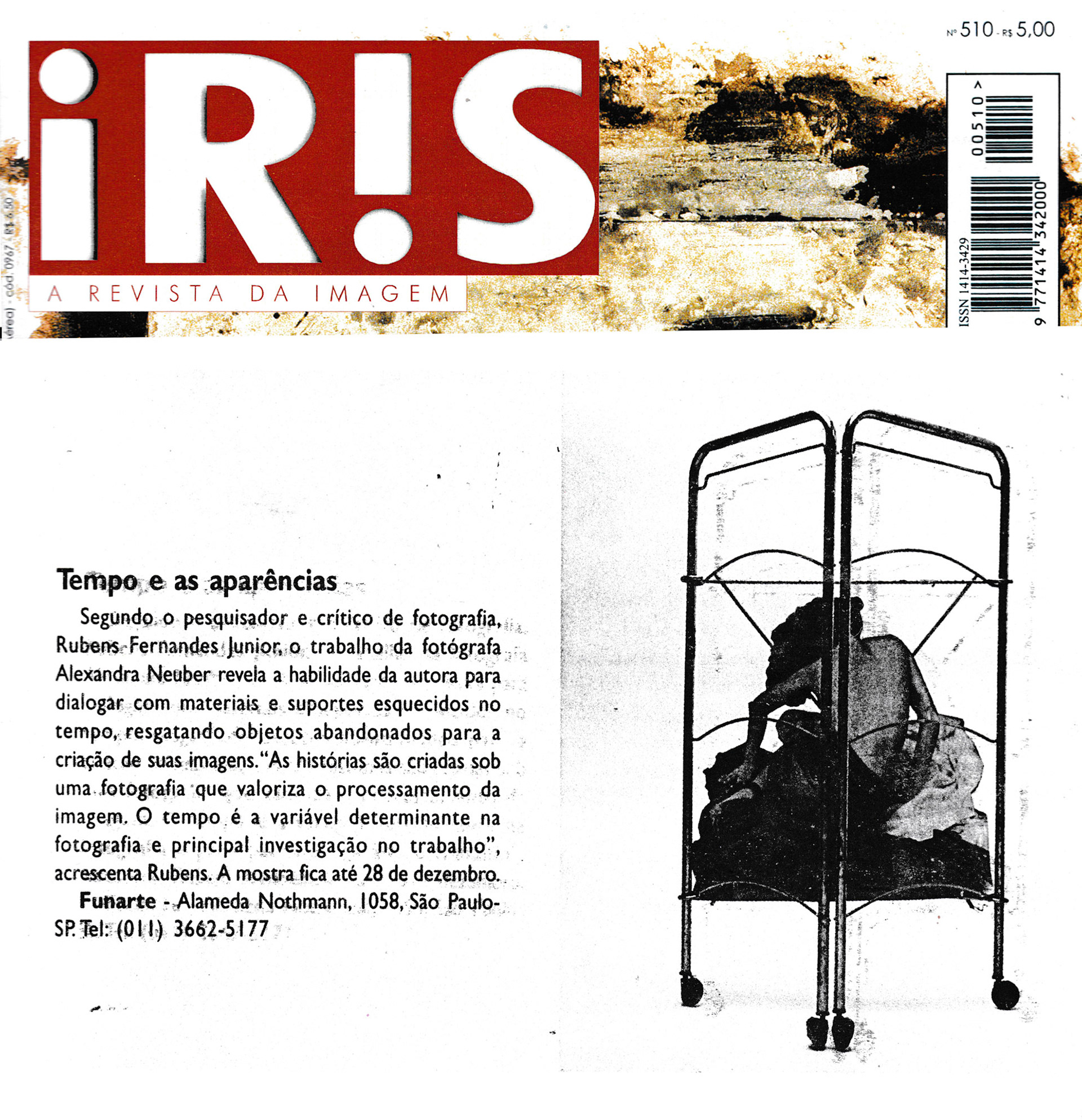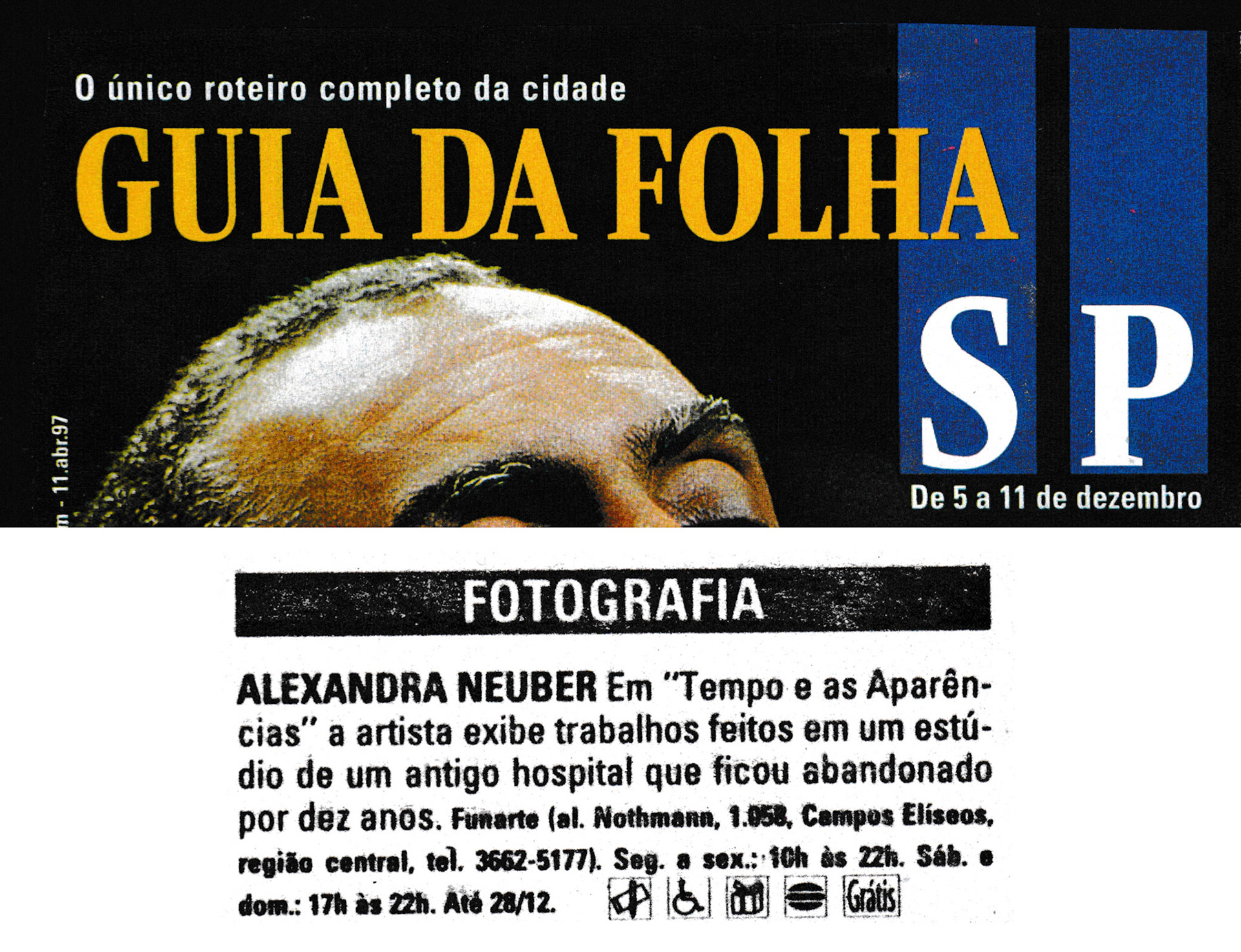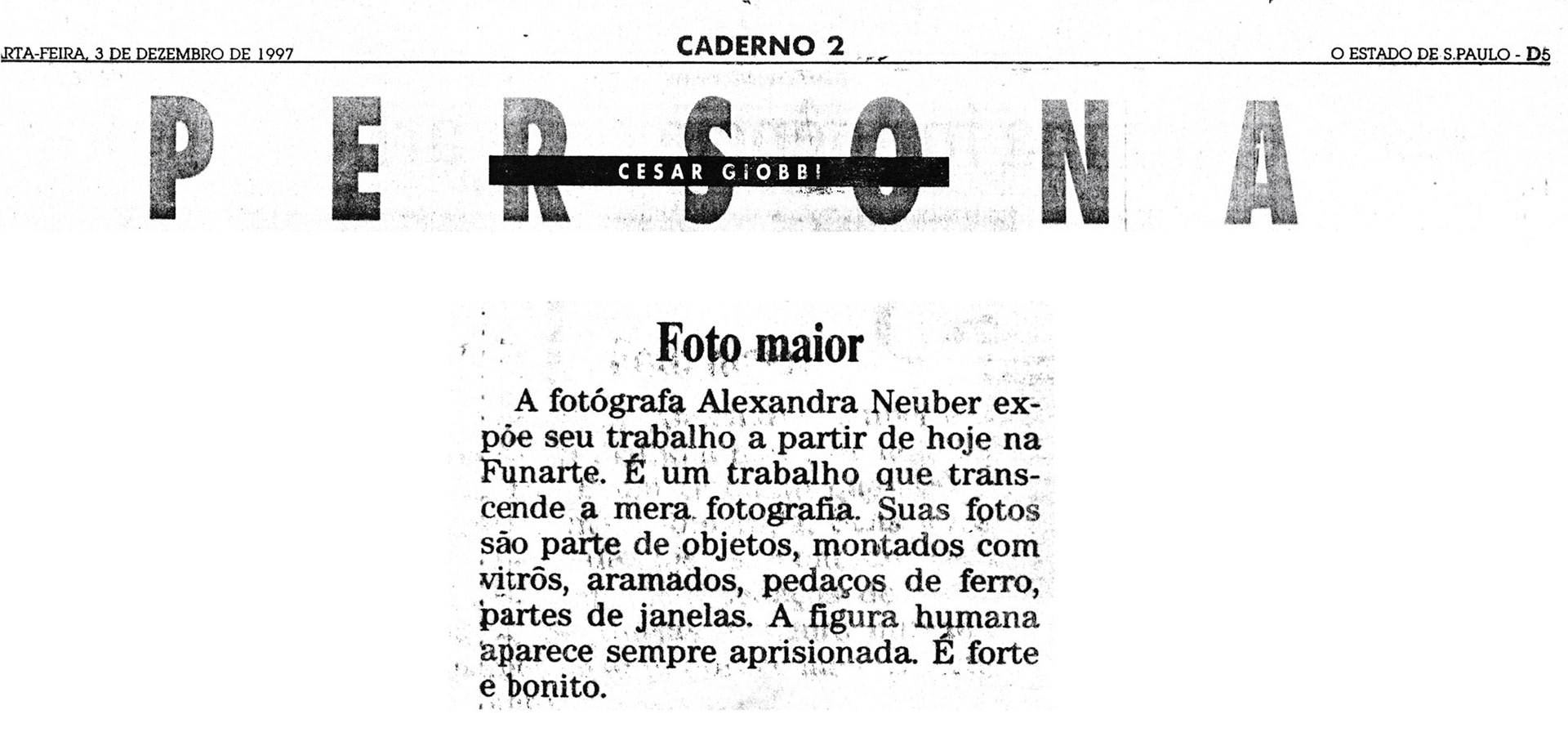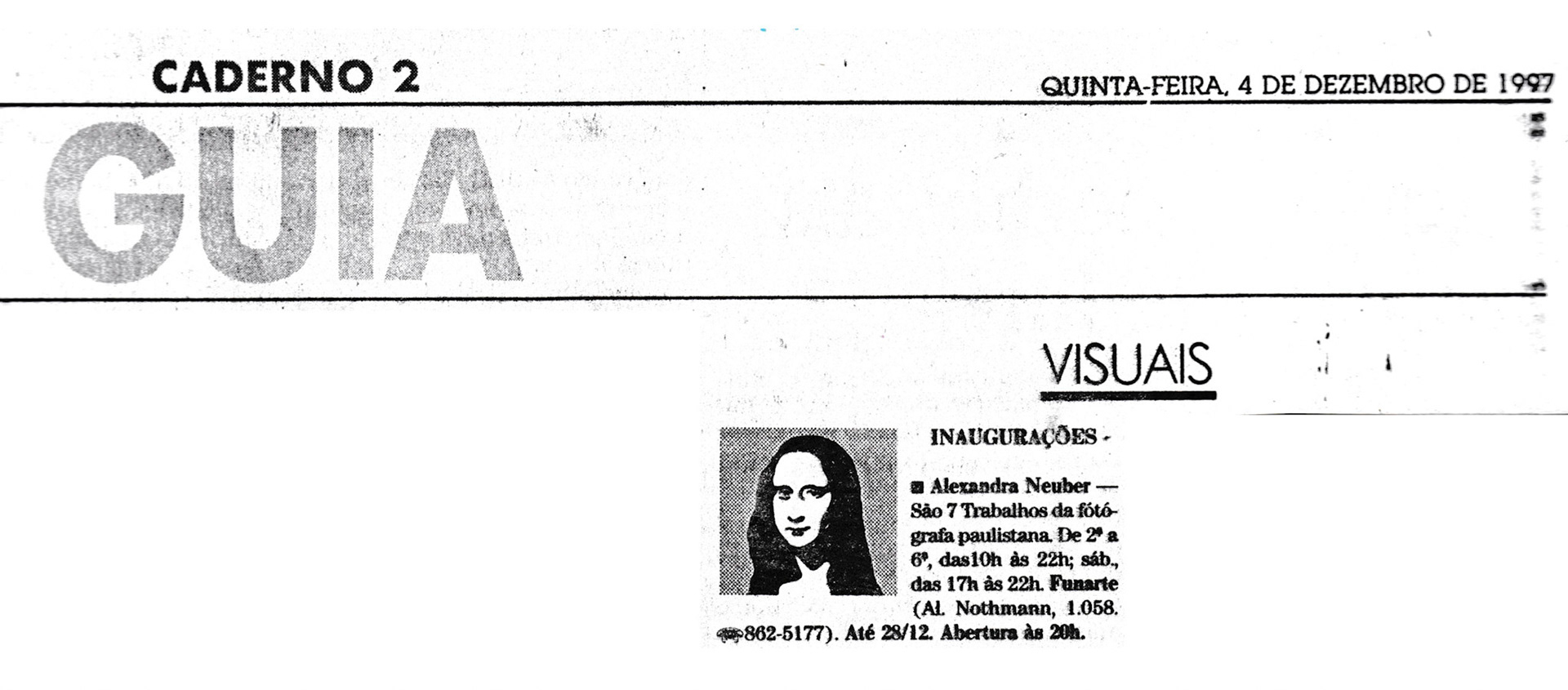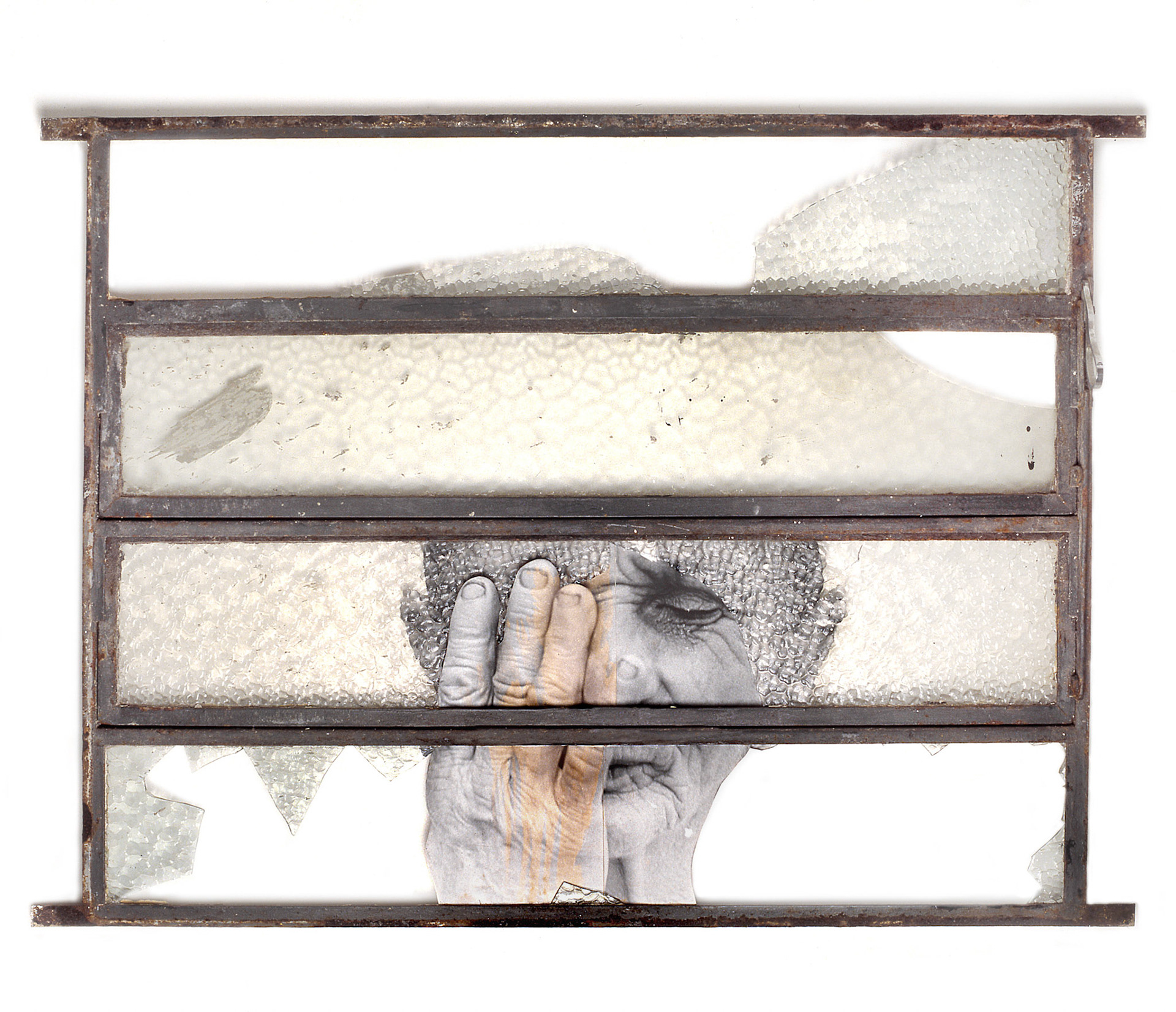
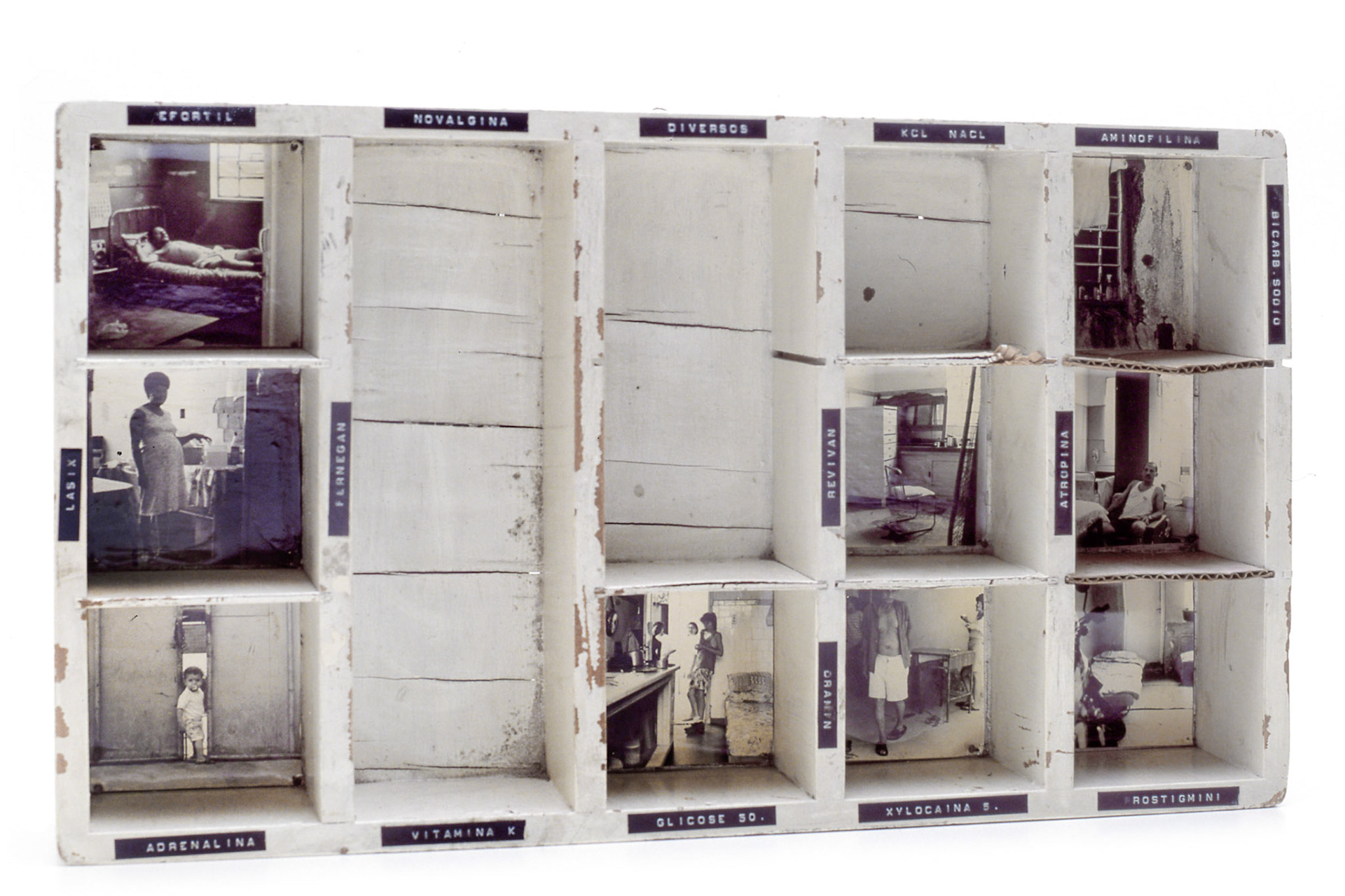
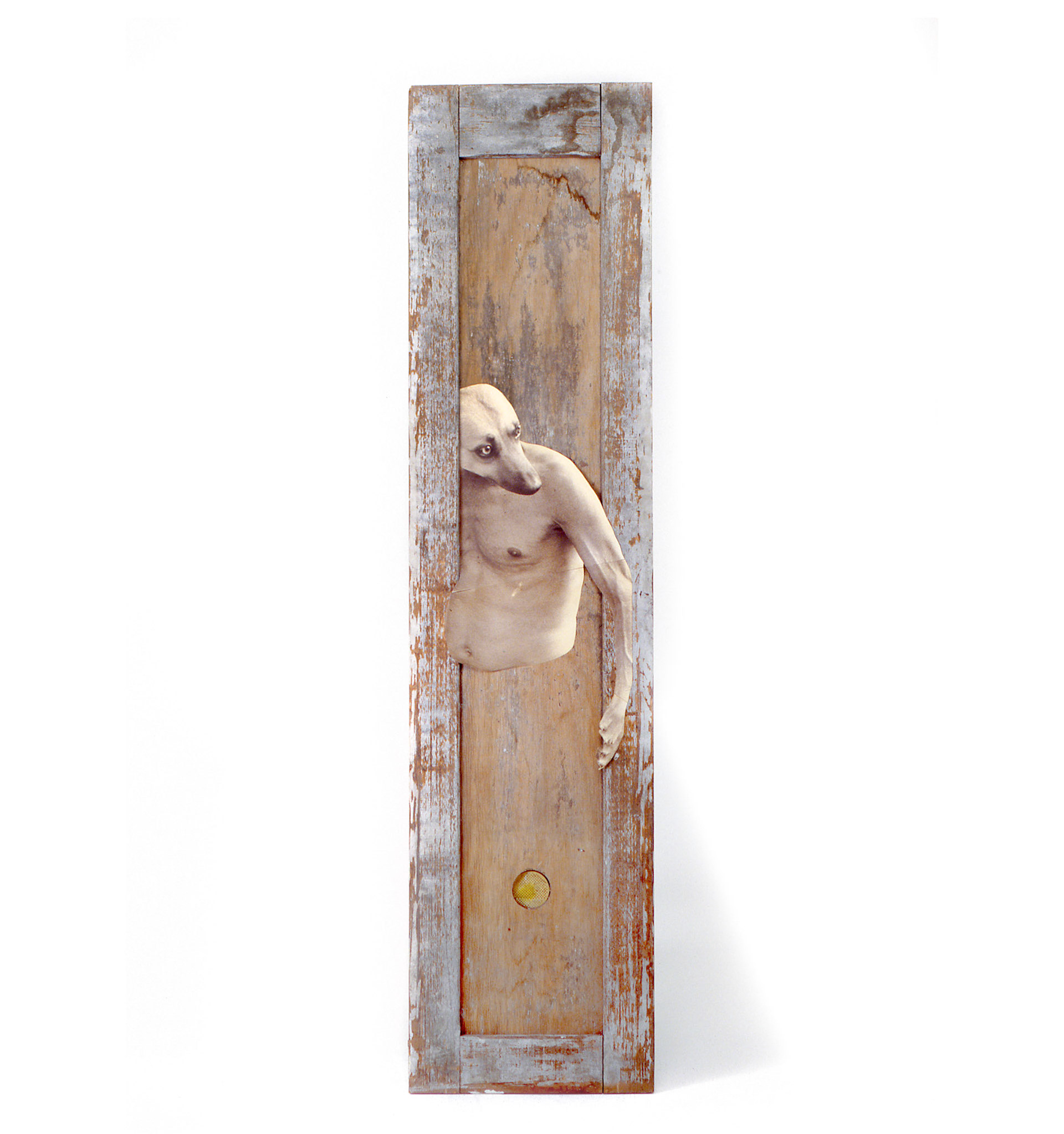
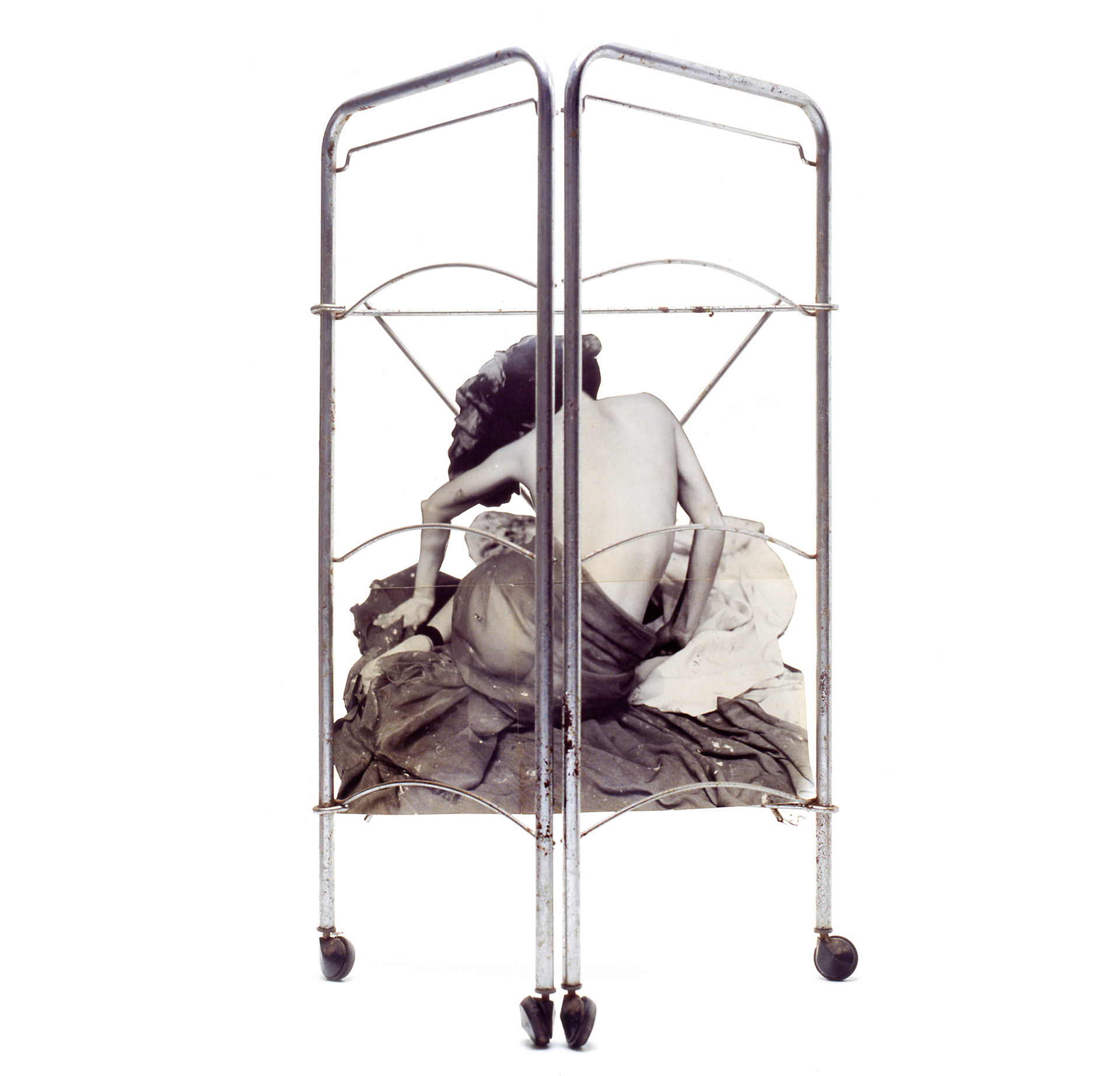
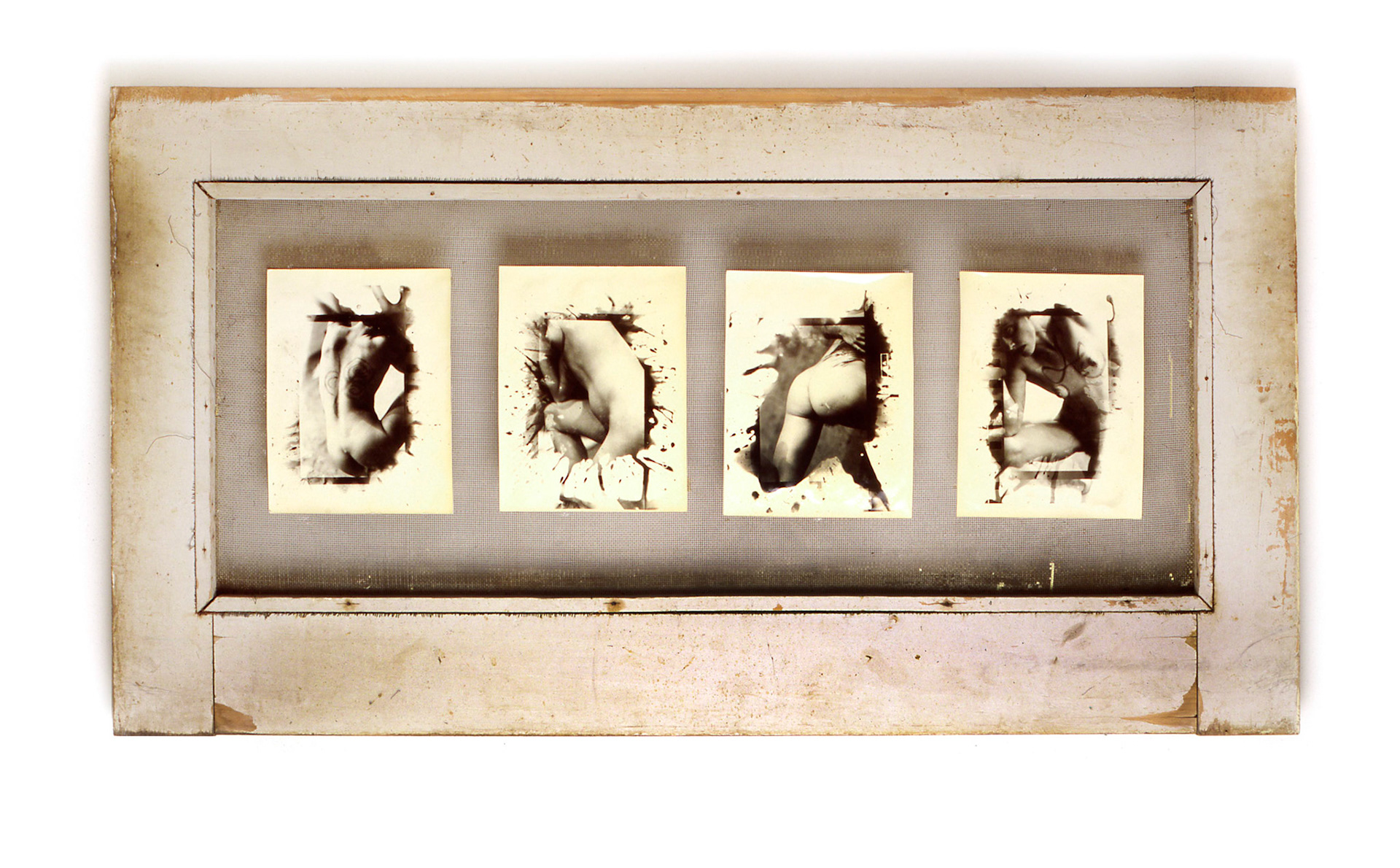
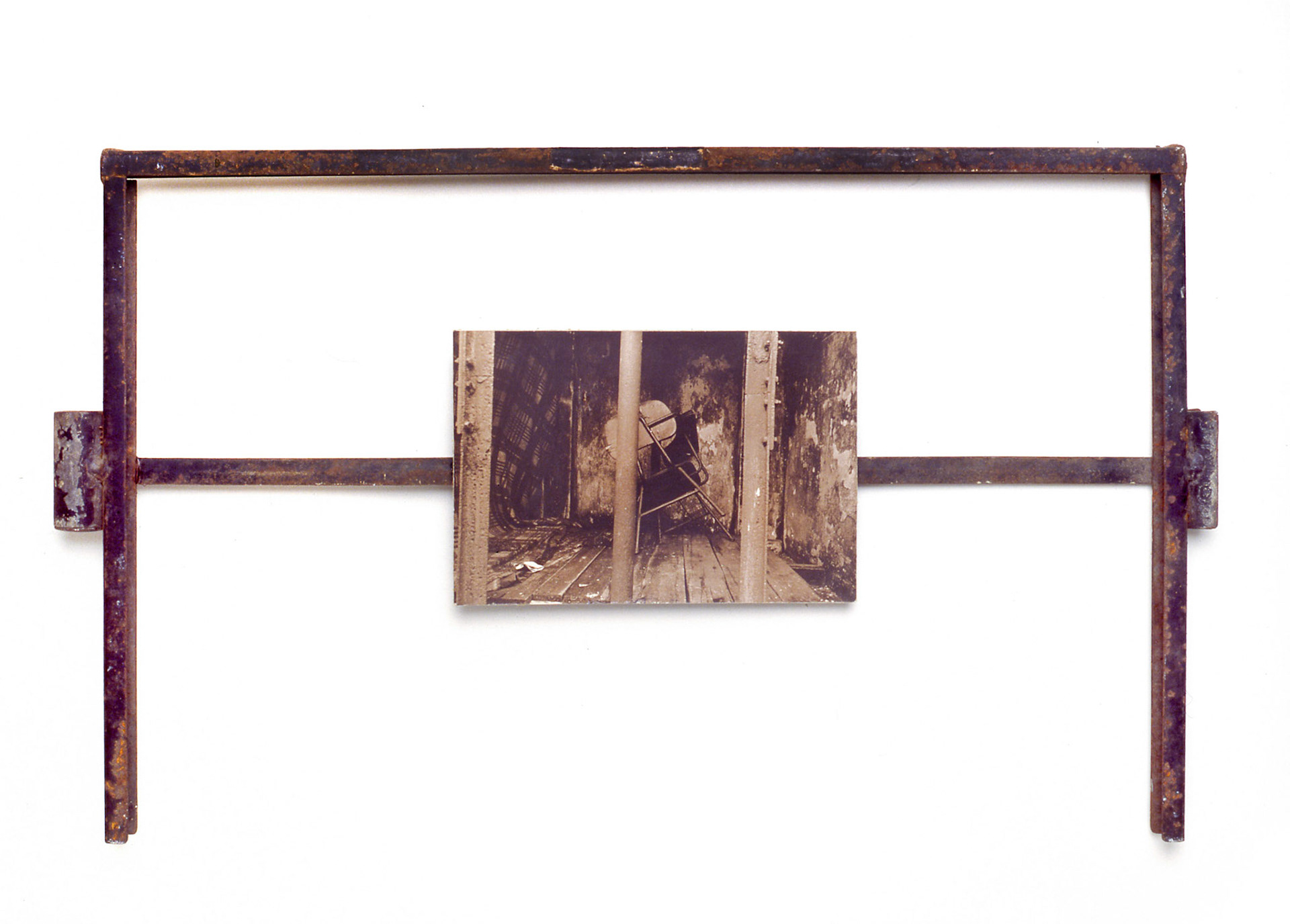
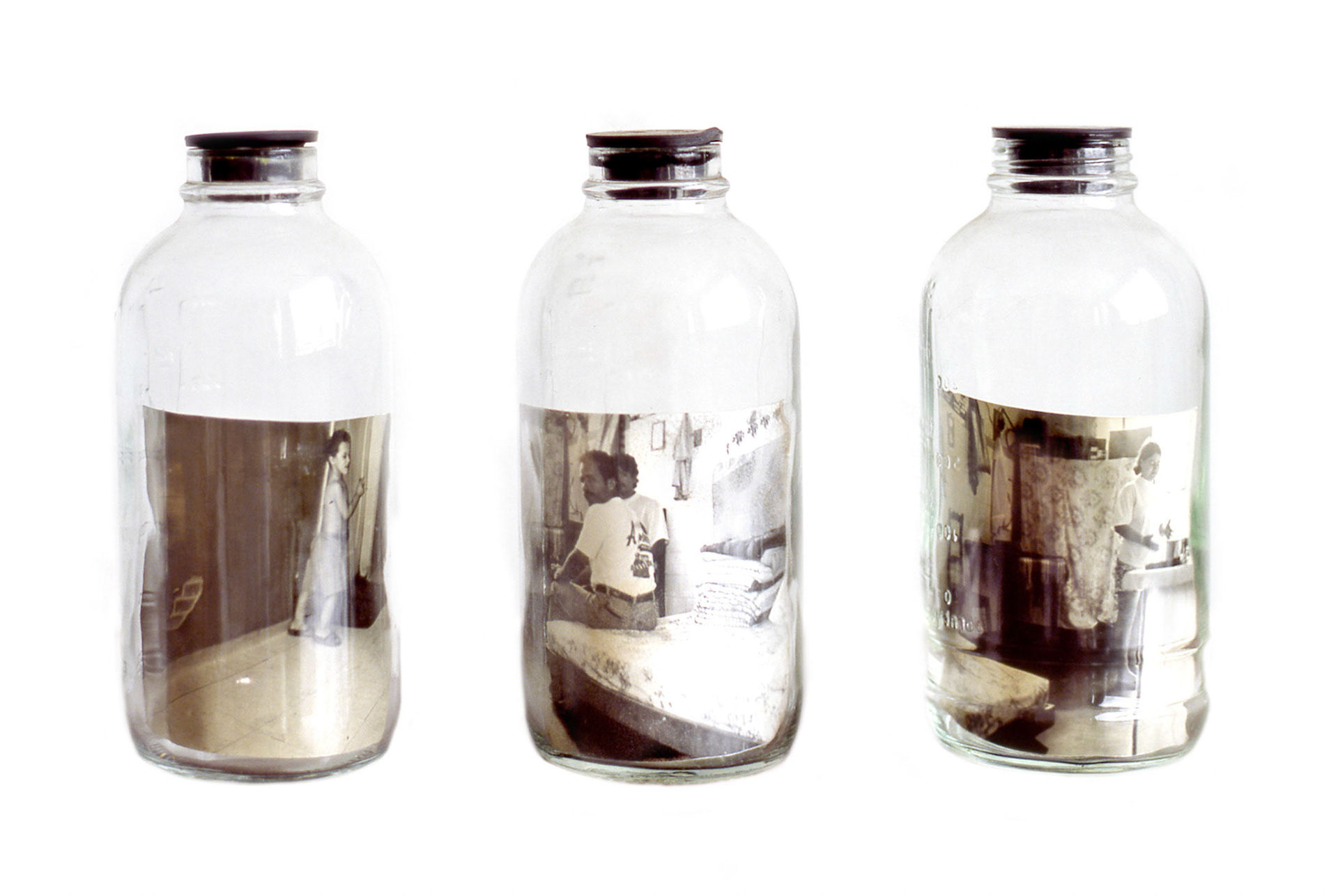
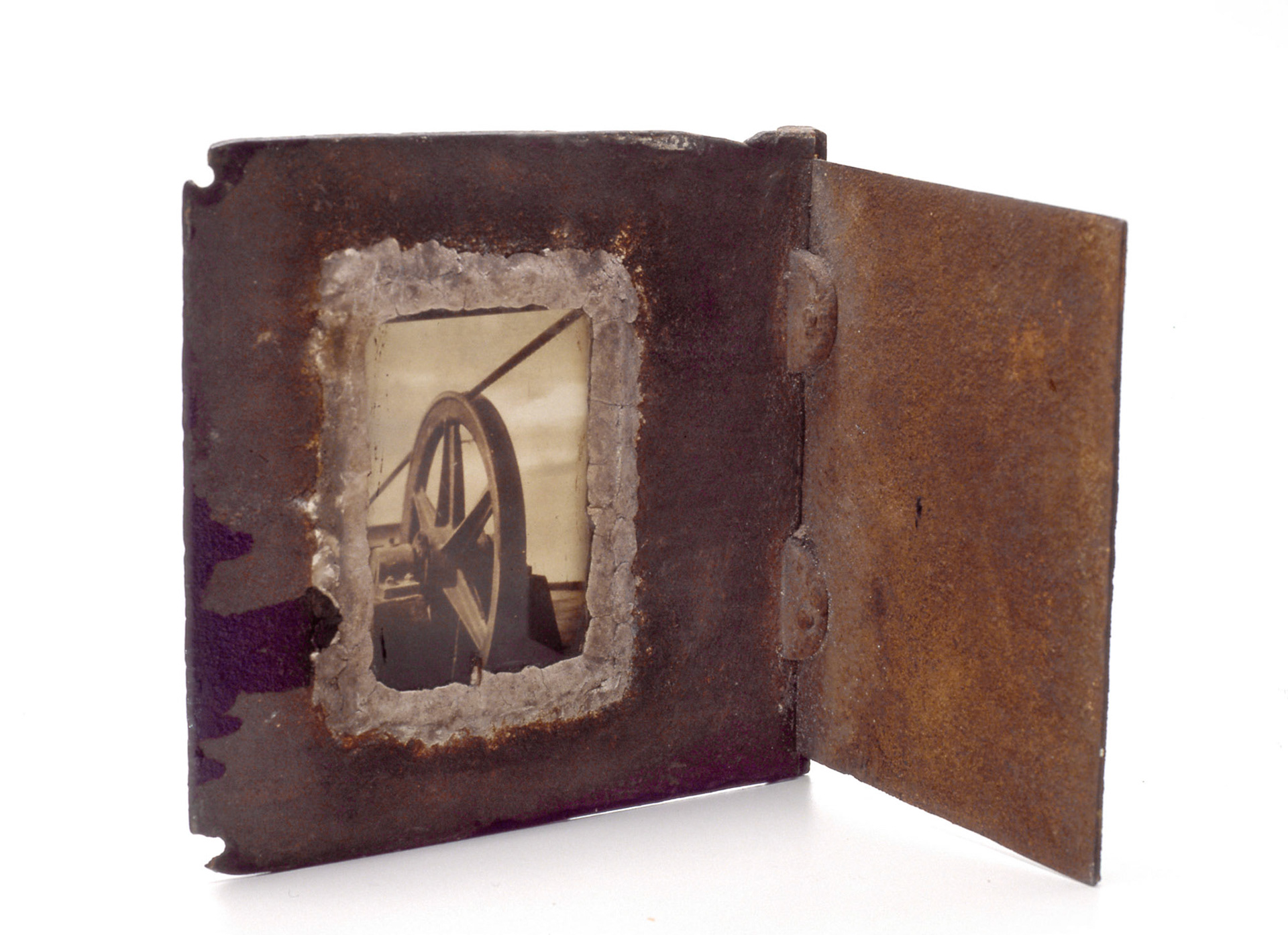
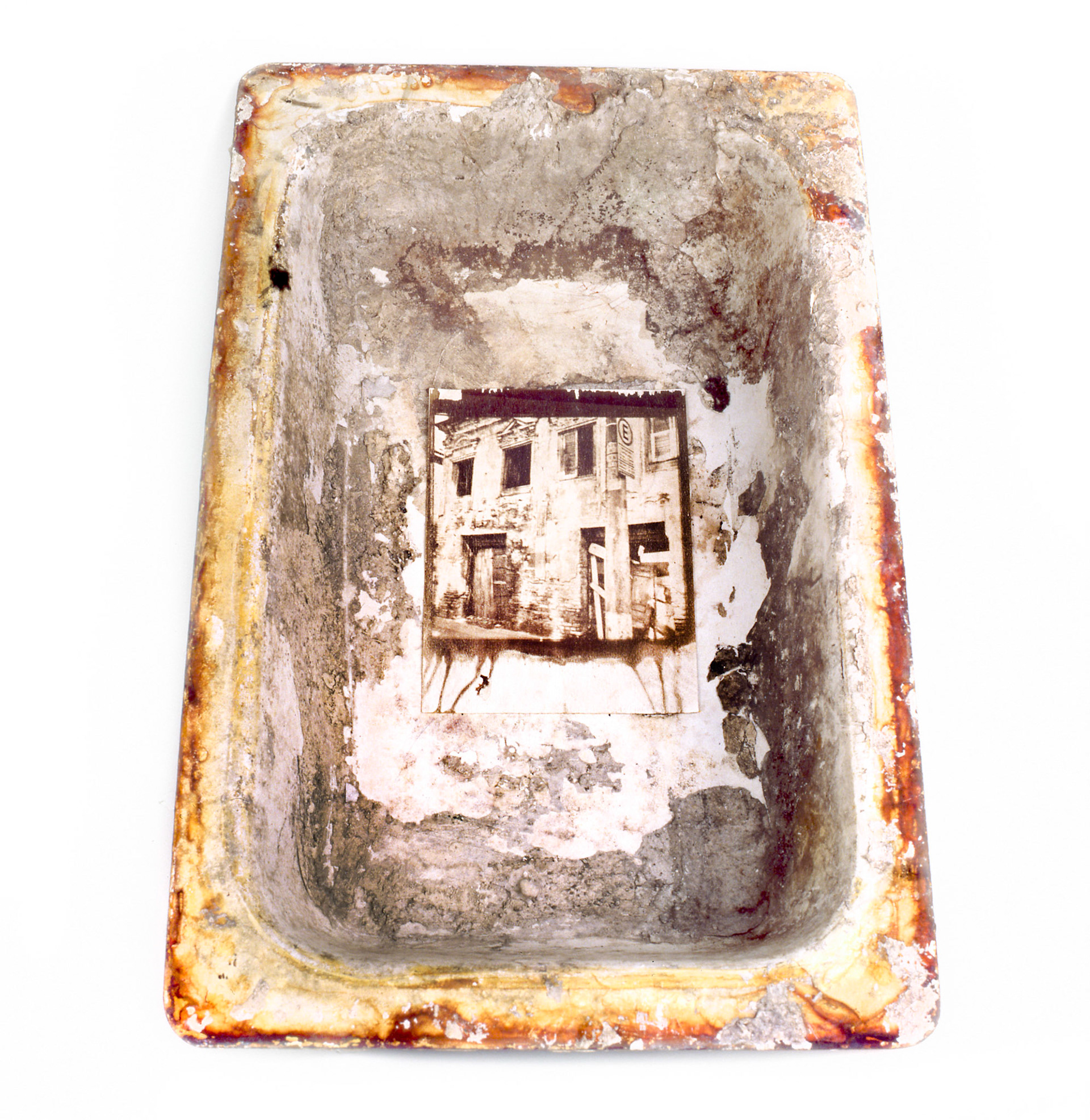
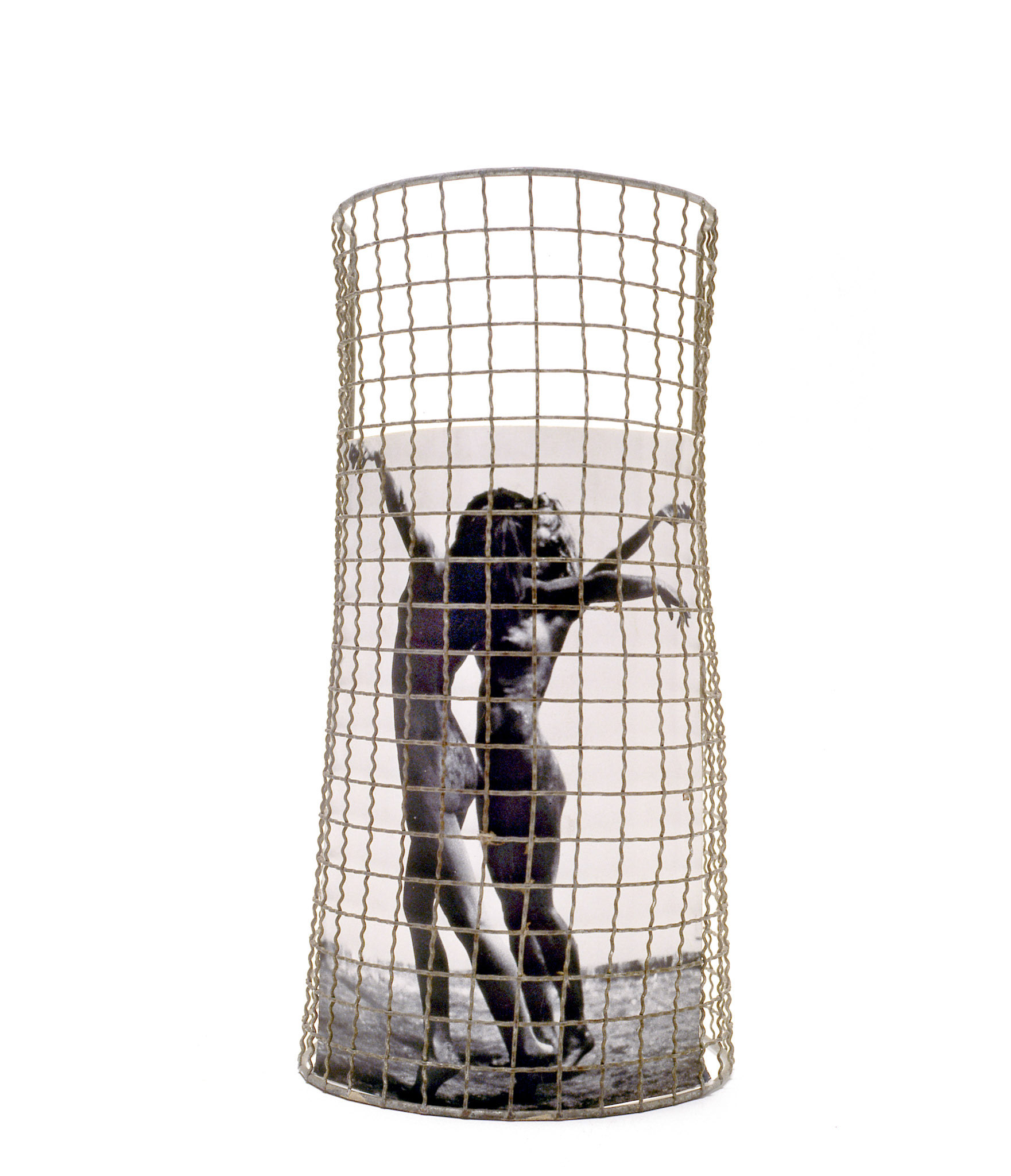


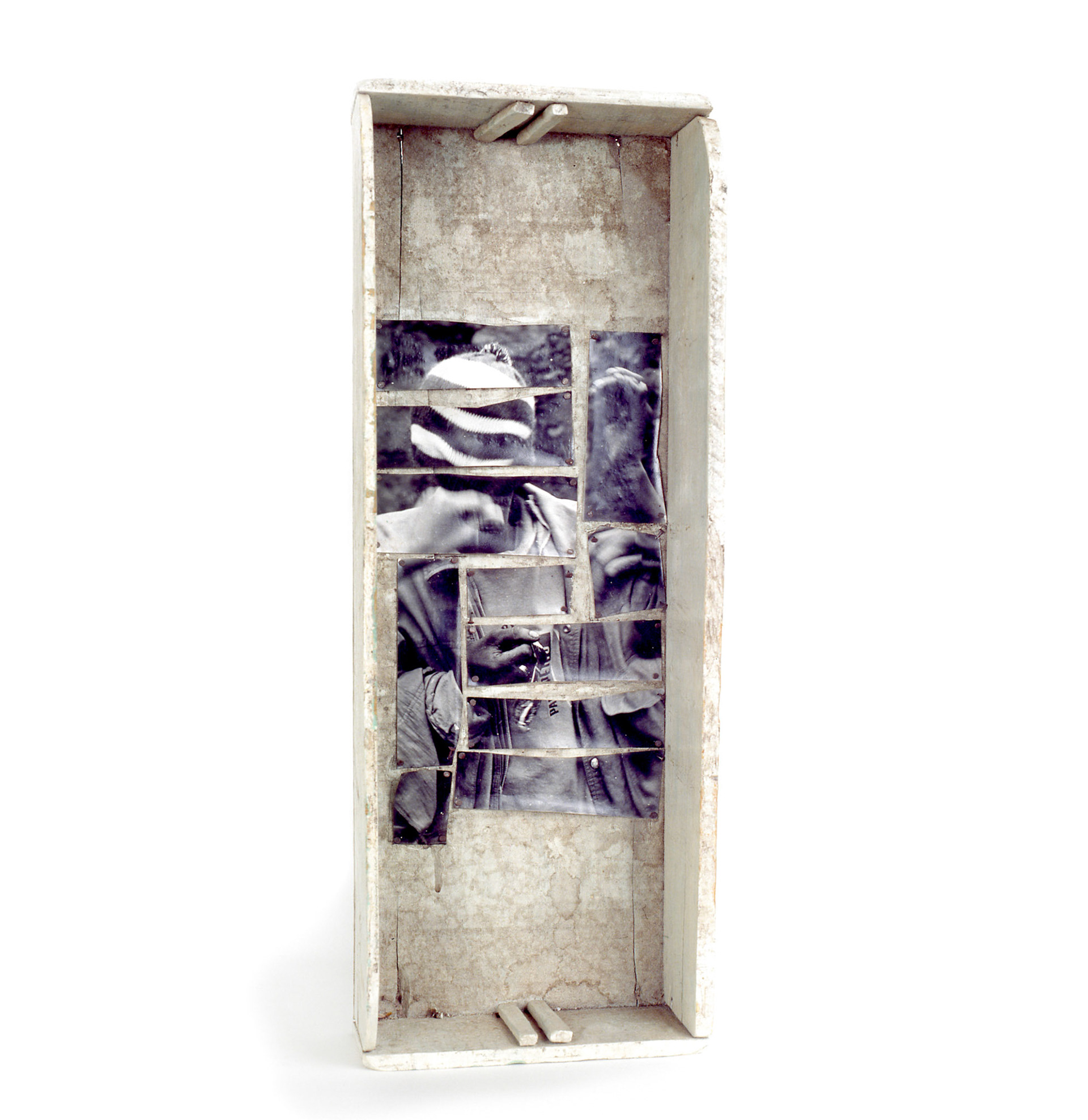
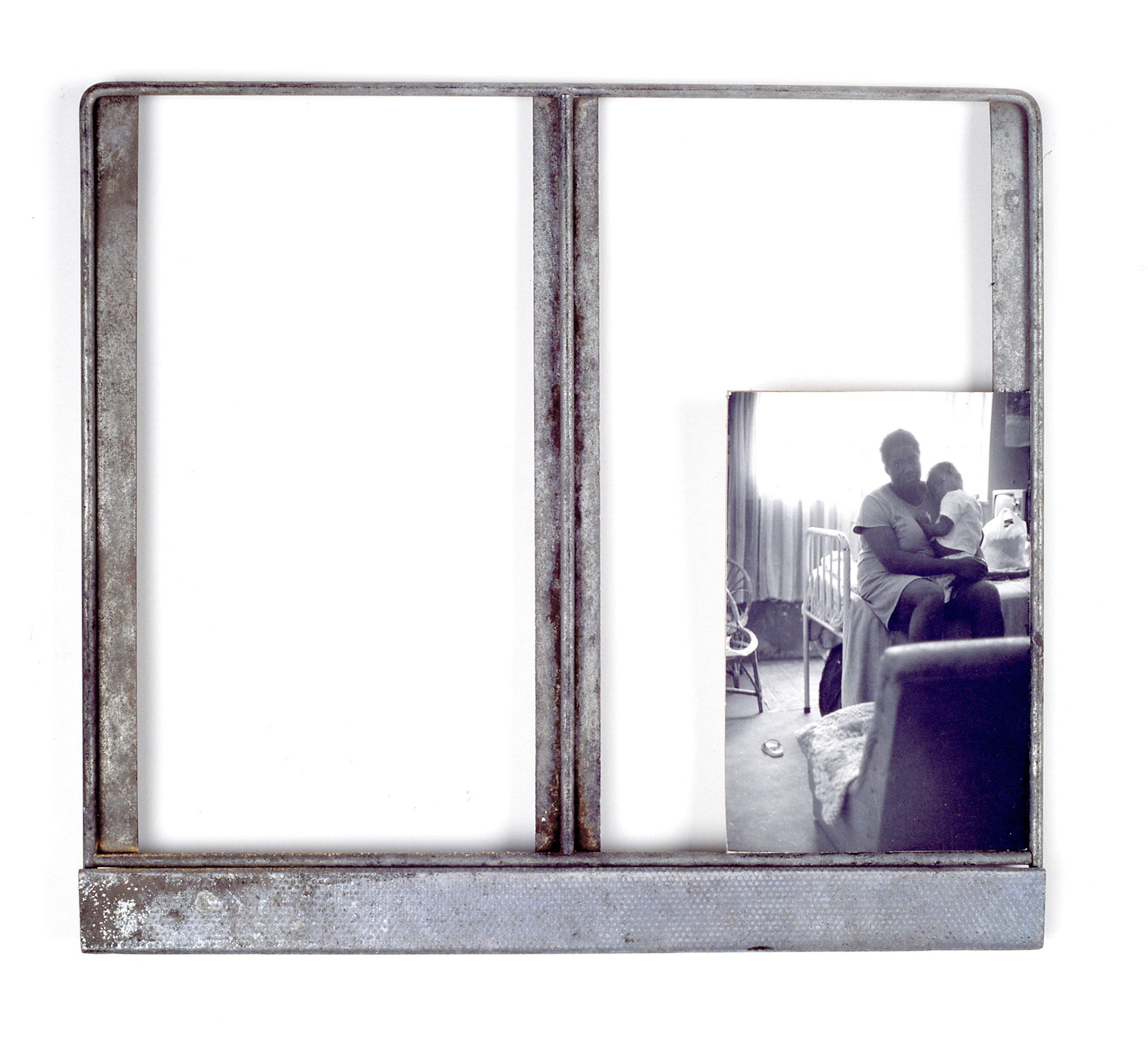
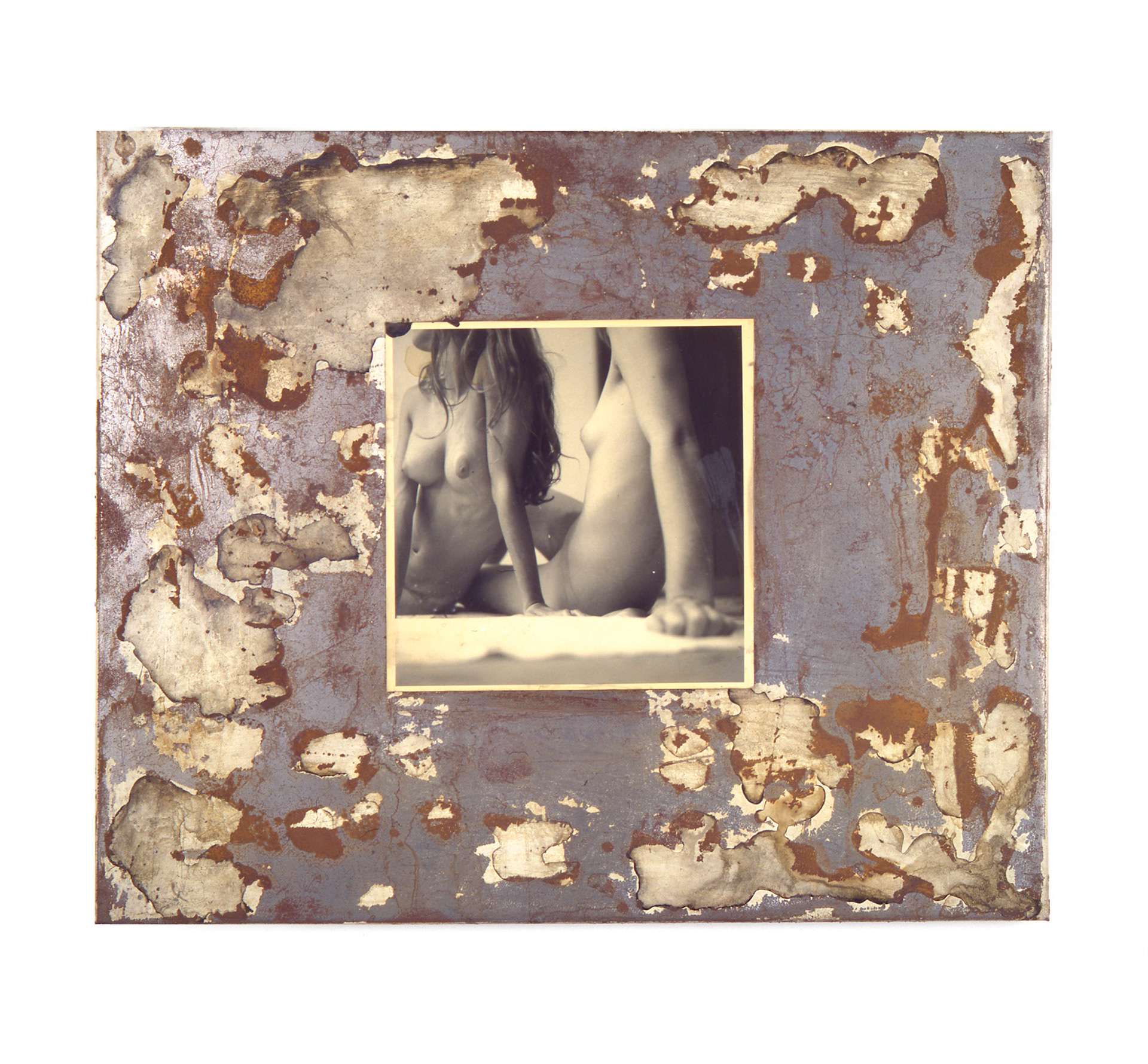

Time and Appearances — History of Abandonment
More and more, artists have been researching and working with photography in the sense of expanding their props and resorting to new kinds of representation, in order to question photographic veracity, the ageless paradigm. The most interesting results are those that introduce a new representative and expressive relationship, and that trouble the concepts of unique and unrepeatable features of a work of art. Alexandra Neuber, a talented young photographer from São Paulo, in her first incursion in the photography circuit, reveals her skill in working on images through an on-going dialogue with material and props that had been consigned to oblivion. She rescues these abandoned objects because she perceives that they can elucidate the incomprehensible relationship between man and his memory and forgetting. These objects remain in the studio long enough for a story to be created around them. The story is unveiled and surprisingly understood, until it meets the photographic image which is going to carry on in-depth communication with three-dimensional forms. Through photography, Alexandra provides a new dimension to the relinquished object, and unifies the work of art so naturally that she seeks to give value to chance, incorporating for example the stains made by the fixer and the fading of the photographs, along with mildew and other processing imperfections, in order to create an image of work in progress or something still to be completed. The viewer gains a new and expanded appreciation of the boundaries of photography, now included in a context which highlights how time affects an everyday object. Time, that influencing variable in photography and in our lives, is the underlying theme of this work, which seeks to understand and reveal the intimacy of human and object-related forms, starting from the questioning of appearance.
RUBENS FERNANDES JUNIOR
Researcher and Photography Critic
